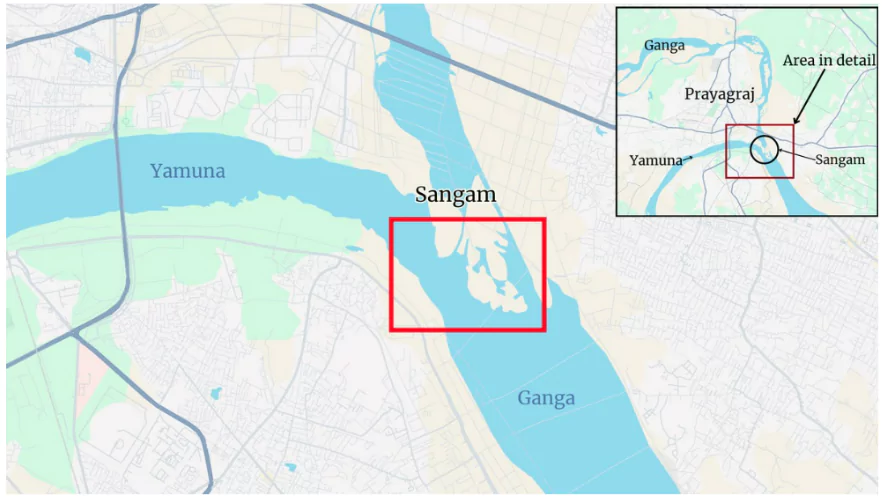![]() 26 Feb 2025
26 Feb 2025

The Maha Kumbh 2025 has brought to light critical environmental challenges facing the Ganga and its tributaries.

Faecal Coliform
Standards for Water Quality:
|
|---|
Biochemical Oxygen Demand (BOD):
|
|---|
Key Interventions Under Namami Gange Programme:
|
|---|
Major River Cleaning Success Stories:
|
|---|

<div class="new-fform">
</div>
